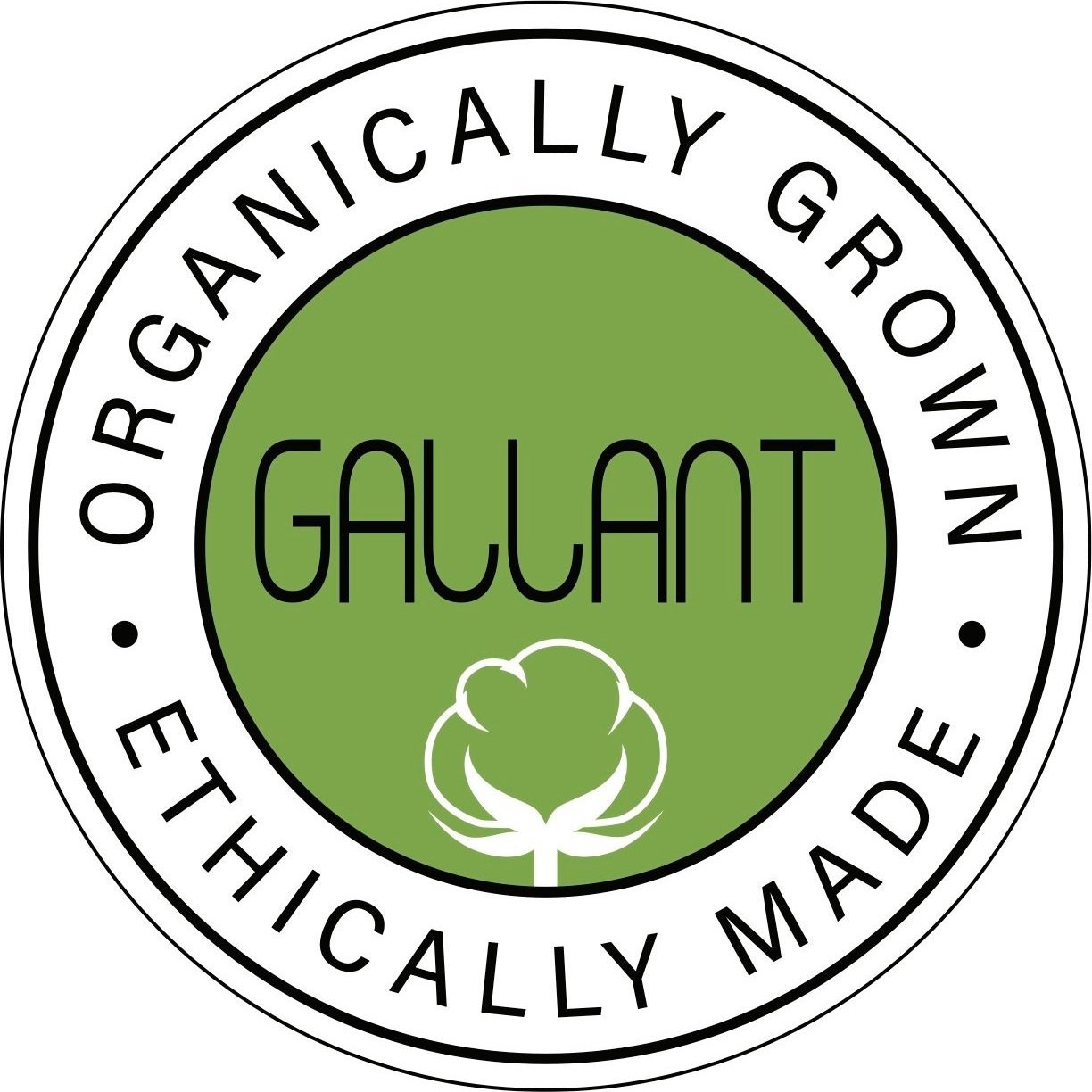REGENERATING COTTON, REGENERATING FUTURES: KARNATAKA INITIATIVE
Introduction
This pioneering initiative in Savanur Taluk (block) of Haveri District in Karnataka State, India, aims to transition 500 cotton farmers from chemical-based to certified organic and regenerative organic farming. The farms primarily produce long-staple cotton 32-36mm.
We chose this area because it is close to our research center, farmers have higher land holdings and grow long staple cotton, and there is an opportunity to add more farmers.
Savanur Taluk faces severe agricultural challenges due to erratic and low rainfall, with only 10.86% of land irrigated land and high dependence on rainfed farming. The region suffers from poor ecological balance owing to significantly low forest cover, heavy monocropping of cotton and declining soil health from chemical inputs.
The majority of farmers are small and marginal. Low-income levels of these farmers further deepen economic vulnerability, making farming increasingly unsustainable.
Led by Gallant Regenerative Organic Private Limited (GROPL) in partnership with Spoorthi Raith Producer Company Limited, a Farmer Producer Organization (FPO), the project is in the process of organizing the farmers into a legally registered Group Farming Structure. It represents the region’s first integrated approach to organic + Fairtrade + regenerative organic cotton cultivation. The initiative addresses critical agrarian challenges while enhancing cotton quality, ecological resilience, and farmer livelihoods.
Objectives
- Establish a robust Internal Control System (ICS) for certification readiness and compliance.
- Facilitate a planned transition from conventional to organic and regenerative organic cotton farming.
- Secure NPOP and Fairtrade certification from 2025–26, followed by NOP and ROC certifications by 2028
- Assure market linkage for certified organic cotton and possibly other non-fiber commodities through committed procurement support
- Enhance water security through rainwater harvesting and recharge techniques
- Improve biodiversity through afforestation and agroforestry models at the farm and habitat level
- Promotion of suitable subsidiary occupations that provide additional income streams and complement the regenerative organic agriculture model
- Empower communities by strengthening women self help groups, and promoting literacy and financial inclusion for all farmers
- Build self-reliant farm households through trainings in on-farm input preparation, Integrated Pest Management (IPM), Integrated Nutrient Management (INM) and Integrated Farming Systems (IFS).
- Conduct on-farm research trials on the farms of selected smallholder cotton farmers on regenerative organic agriculture as a part of the long-term research trials being planned under the collaboration of GROPL and University of Agricultural Sciences, Dharwad.
Our Approach
We are adopting a phased and inclusive model focused on training, farmer identification, farmer engagement, certification, and sustainable value chain integration. GROPL is building a local ICS team for farmer support, documentation, and rigorous internal inspections. Demonstrations, field training, on-farm organic input support, and research plots are being set up in six selected villages. The project also integrates value-added sustainability measures like soil-health and biodiversity enhancement practices, biochar production, and carbon credit monetization.
Collaborators / Partnerships
GROPL leads the initiative in close collaboration with Spoorthi Raith Producer Company Limited, a local FPO with over 1100 shareholders. Farmer engagement and implementation are being supported by village-level leaders and trained ICS personnel. A professional service provider will facilitate the implementation of biochar and carbon credit projects. Additional partnerships with experts and research collaborators will strengthen regenerative organic research and monitoring.
Expected Outcomes / Impact
- Climate-resilient farming and water security: Through the promotion of rainwater harvesting, farm ponds and soil moisture conservation techniques, the initiative will enhance water availability, stabilize yields and reduce drought vulnerability of concerned farmers.
- Soil regeneration and sustainable crop production: By replacing chemical inputs with on-farm bio-inputs and encouraging diversified cropping systems, farmers will improve soil health, reduce cultivation costs and enhance long-term productivity of key crops like cotton and pulses.
- Income diversification and fair pricing: The introduction of regenerative organic practices, coupled with fair market access and support for crop and enterprise diversification and adoption of allied activities e.g. sericulture, livestock, and horticulture, hold potential to significantly boost household incomes and reduce economic dependency on a single crop.
- Ecological restoration and biodiversity enhancement: Implementation of agroforestry, afforestation with native species and creation of pollinator habitats will increase biodiversity, restore ecological balance, and strengthen natural pest and disease control systems on farms.
- Empowerment of smallholders and women farmers: Focused training, SHG-based livelihood support, and targeted literacy and leadership development for women will empower small and marginal farmers—especially women—to take up diversified, sustainable and profitable farm-based enterprises.
- · Standardization of region-specific PoPs and model development: The on-farm research trials are expected to lead to the standardization of a region-specific package of practices for regenerative organic cotton farming and establish a replicable and certifiable model for regenerative organic farming in semi-arid cotton-growing regions.
Timeline
| Sl No | Intervention / Impact Area | Monitoring Timeline | Expected Measurable Outcomes |
|---|---|---|---|
| 1 | Climate-resilient farming and water security | Year 1–3 |
|
| 2 | Soil regeneration and sustainable crop production | Year 2–5 |
|
| 3 | Income diversification and fair pricing | Year 2–5 |
|
| 4 | Ecological restoration and biodiversity enhancement | Year 2–6 |
|
| 5 | Empowerment of smallholders and women farmers | Year 1–5 |
|
| 6 | Standardization of region-specific PoPs and model farm development | Year 1–5 |
|

